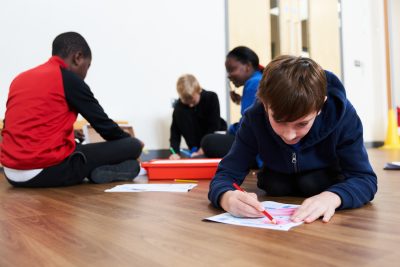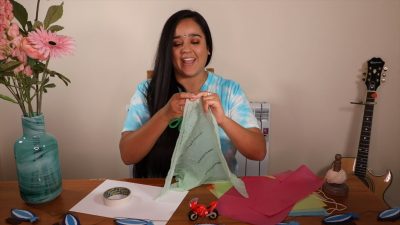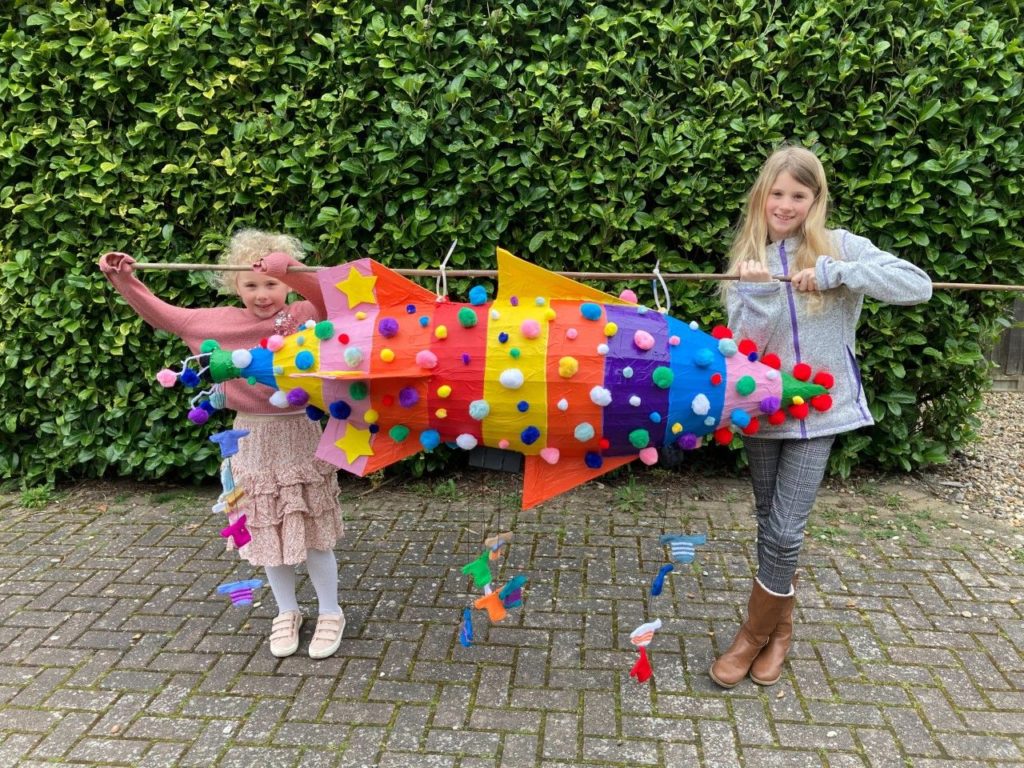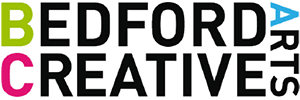
Case Study: Shortstown Primary School Escapes Gravity
21st September 2021
Bedford Creative Arts (BCA) and The Higgins Bedford have collaborated with artist Mike Stubbs to develop a new artwork and community exhibition based on Bedfordshire’s Airship Heritage.
One of our goals is to engage the local community in the engineering heritage of the local area, and our links to the airship industry. Children and young people are a core part of this community, and our education programme is designed to engage with schools in a way that supports their curriculum needs.
Airship Dreamers: Escaping Gravity is funded by National Lottery Heritage Fund, Arts Council England, Gale Family Trust, The Harpur Trust, Bedford College, Airship Heritage Trust and Bedford Borough Council. The full exhibition takes place at The Higgins Bedford between July 2021 and 28th November 2021, with the community exhibition running to 25th March 2022.
BCA has worked in partnership with Shortstown Primary school to co-develop learning materials and trial novel approaches to the topic of airships and flight. Shortstown was chosen as it is based close to the Cardington hangars and serves the town that was built to house the airship workers.
Shortstown Primary, who follow a topic-based model, dedicated Spring two half term to the topic of Airships to provide an immersive learning experience for their whole school. BCA provided a range of resources to the school: the ‘Airship Dreamers Club’ suite of activities that included heritage factsheets, information about the artist, science experiments, art activities, literacy activities, a reading list, and the opportunity to think about making their own mini-museum through a ‘cut, colour and make’ activity.

A bank of online videos was provided as an introduction to the topic in the form of a mini-documentary presented by Milkshake TV presenter Dr Sita Thomas, supporting videos for the ‘Airship Dreamers Club’ activities and a wide range of supplementary materials.
Sita Thomas
Further to this, The Higgins Bedford sourced 14 large scale historic pictures for each class, plus 14 boxes containing ‘curious objects’ related to the airships. This was developed by artist Anne Marie Abbate and the boxes were provided to each classroom to engender discussion and will ultimately form part of a ‘pop up airships museum’ in the school alongside the children’s own work.

A critical part of the co-development of materials were the four ‘creative collaborators’ (from The Culture Challenge) who joined the teachers and pupils in exploring the theme of Airships. These creative collaborators were multi-media artist Anne Marie Abbate, oral story-teller Jane Lambourne, science educator Kristina Castle, and actor and film maker Richard Mann.
Each were funded for seven days of planning, delivery and reflection time with the school, allowing them a day per week during the half term. Each creative collaborator was allocated a year group to work with and they developed their approach in consultation with the year teachers and worked together to deliver the activities alongside the teachers. While delivery differed from what was planned due to Covid-19, activities included having a video message from the 1930’s sent to the children courtesy of actor Richard Mann, the delivery of the time-travelling curious object boxes, which “have been amazing for the children,” one Shortstown teacher explained: “They have explored them and discussed what they could learn from each.”
Storyteller Jane worked with the children to develop stories related to adventure and flight, including sending a letter home to each child. Science Educator Kristina blew the children’s minds over Zoom by doing a series of experiments including the deliciously messy ‘paint rockets’ which seem to have been a clear success both within science but also within literacy, as one teacher reported: “Their writing is based on their rocket straws that they’ve made, their writing is so much better because they’ve done it and it was really simple, they had fun, then they have a wellbeing time on Friday afternoon – they chose to make their rockets again – ‘can we try it with this instead, can we try it with this’ – it’s helped us to remember and to learn that actually we can go back to the simple and exciting things, we’ve already said that we’re going to do that every year, it’s so fun, so easy and they’ve loved it.”
Artist Annie worked with the students to develop their own design for an airship, something that every child in the school did, and which resulted in Annie making large scale models of two winning designs. Working alongside external experts seemed to have an impact on the teachers also, as one teacher said: “I spoke to one of the teachers in year two who is quite new to us and who worked with Ann-Marie (via Teams) and she said the language she was using with them, the children were just so excited, so engaged by her, she had a pilot hat on and just knew how to talk to them, but with Ann-Marie we could stick her in any year group, the children were lining up to show her their designs in front of the laptop.”

Overall feedback from the school described the programme as “brilliant fun” which “engaged the children in their learning.” The evaluation suggests that the local relevance of the education programme was powerful for the children.
- The children learnt a lot and “are definitely proud of where they live now as they are aware of Shortstown’s history.”
- The teachers learnt a lot with their pupils too: ”It’s been really nice; we’ve learnt together, and the children have liked that as well, the history of the children’s families are in Shortstown and they have links to it so they’ve been able to teach us some things which has encouraged them even more.”
The combination of taking a whole-school approach in a topic with such local relevance had a special kind of power, as one of the artists explains: “I think it’s (that) the learning that happened on their doorstep and the idea of working together so they are solving these mysteries with these curious boxes…. the idea that the school is working together in a combined effort to create something…even the 3-year-olds were involved in it and up to age 11, that’s pretty special.”
Our evaluation suggests that three-quarters of the children said they had found out something new. The children were really interested, curious, amazed, and said “learning about it made me happy” and it was “good to learn something new.” They were shocked to learn “how big it was” and “how it crashed.” One pupil said they felt proud because of the hard workers. Specifically, they reported learning the following things: the local connection, how it was made and who made it, its maiden voyage and destination, the science of flight, its fate, why it came down, and how many people survived.
Over half of the children said they had learned to do something new, and volunteered the following new skills: they made a rocket, built an airship, made a shed, an explosion, and a paper airplane (and found out that different shapes of paper planes make different results), some learnt to research and explore the history of the R101, subtract fractions and decimals, write a newspaper article and a fact file, develop their drawing skills and “make art with science.”
Over a third of children said the project made them think differently about science stating:
“The project made me feel excited about science.”
“It made me feel curious and interesting about science.”
“R101 inspired me to learn more about science.”
Shortstown teachers would recommend this approach and topic to colleagues in other schools but are aware that not every school has the flexibility that they do in terms of topics. However, any primary school doing forces, flight or local history would have a lot to gain from using the available materials and approach.
Further to the half term’s activities the school has been invited to create a stop-frame airship animation, they will create their own pop-up museum in the school and will visit the exhibition and see some of their work in The Higgins Bedford. BCA also provided support for applying for funding for a playground art installation related to airships.
